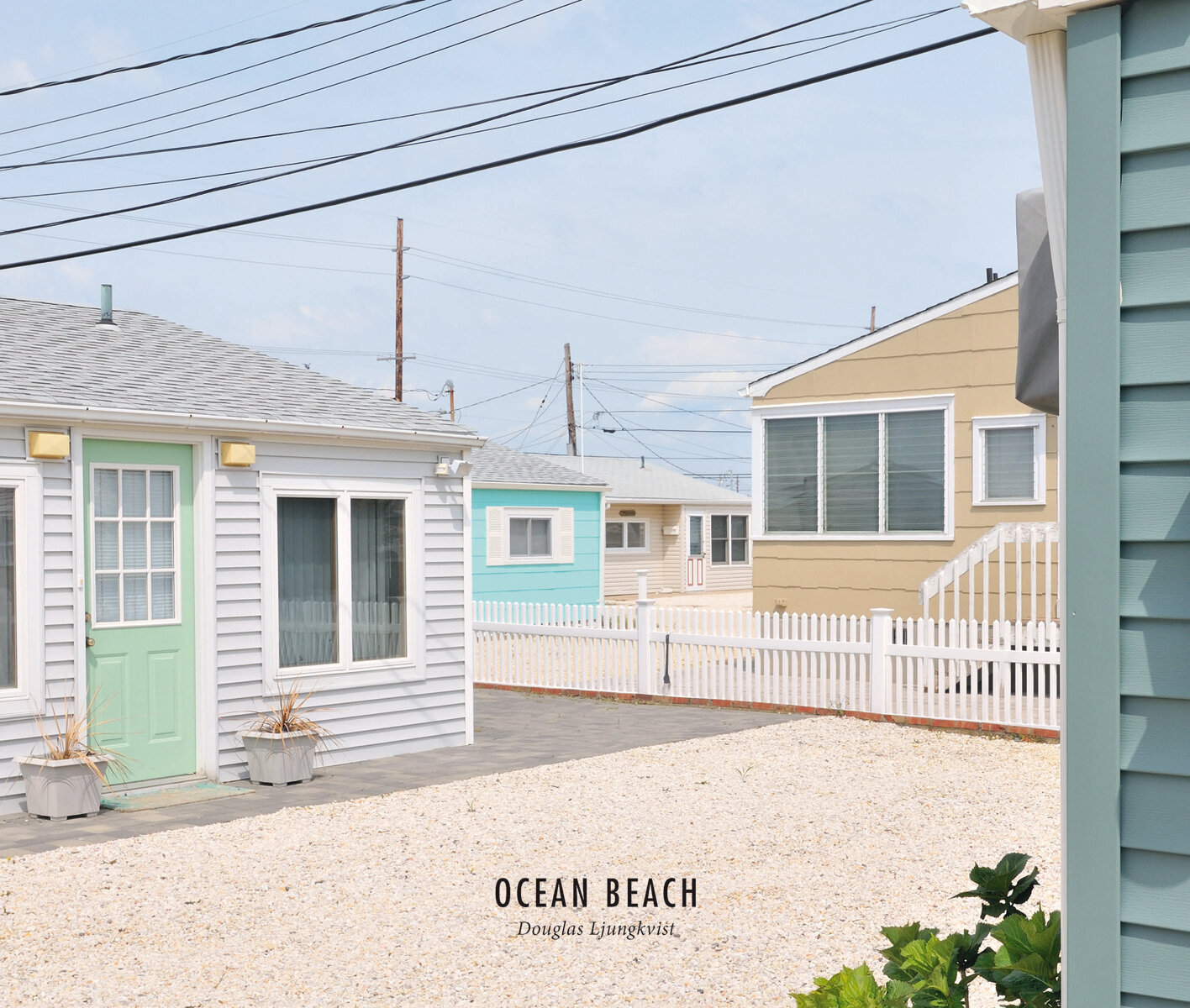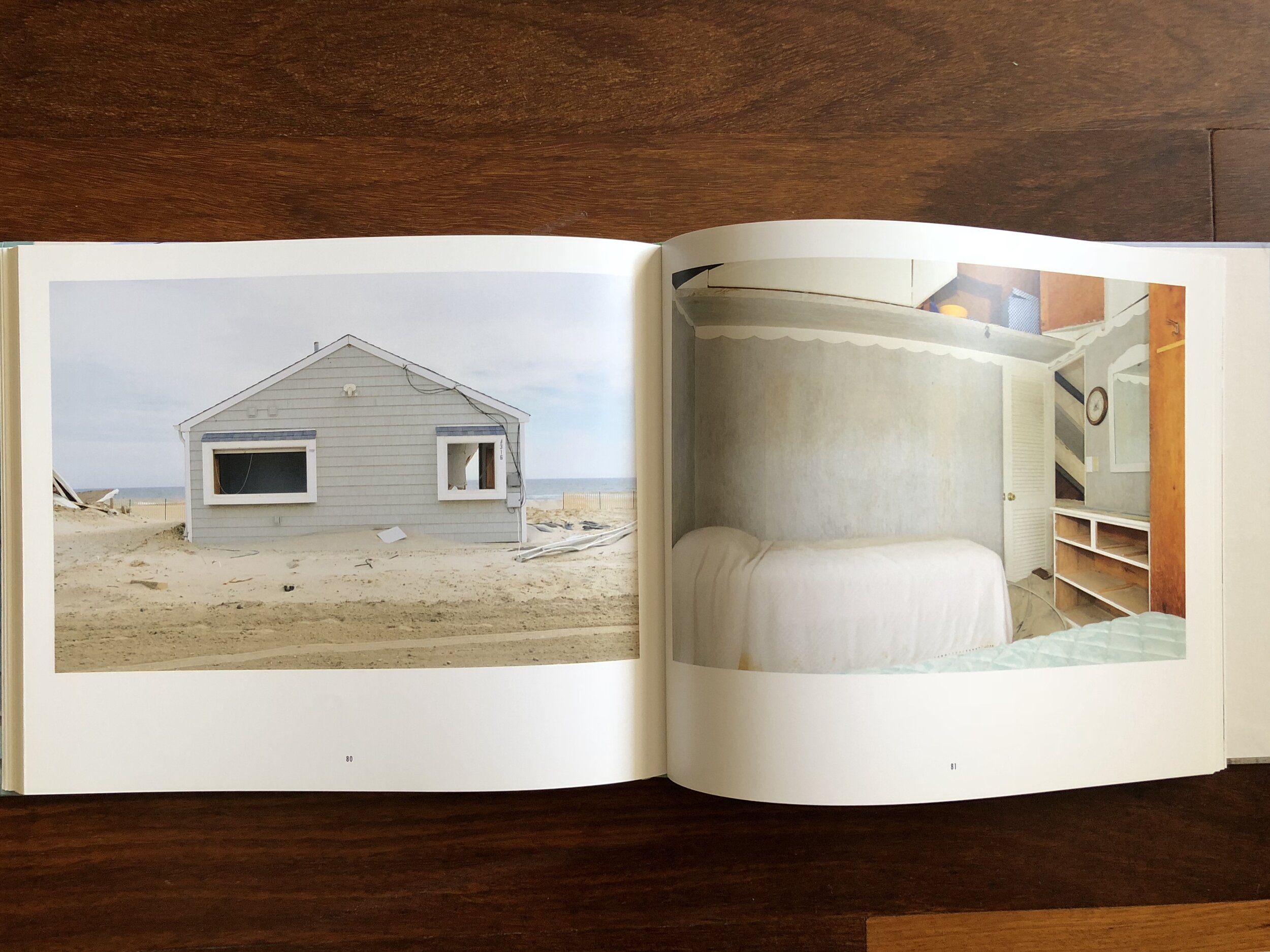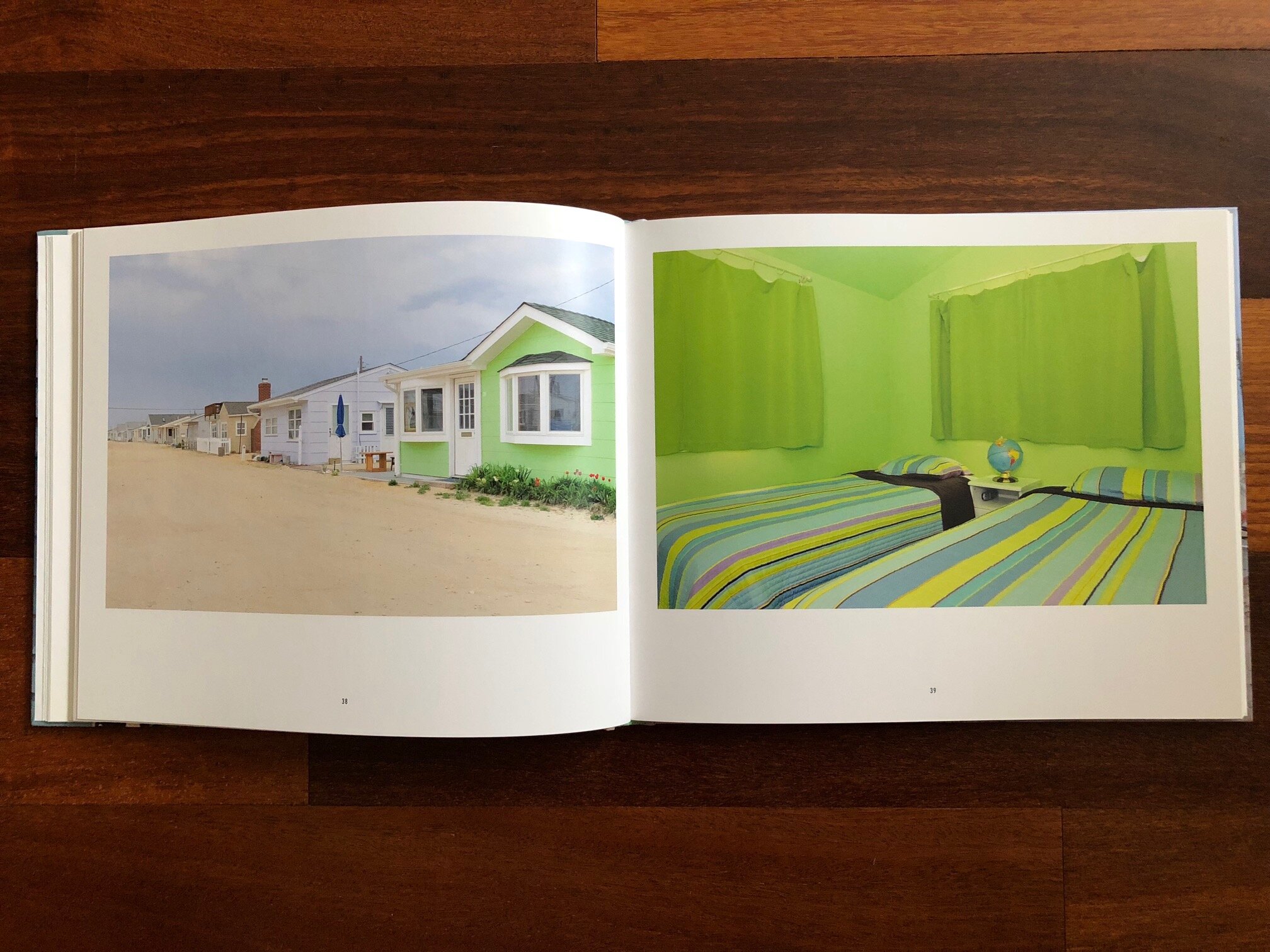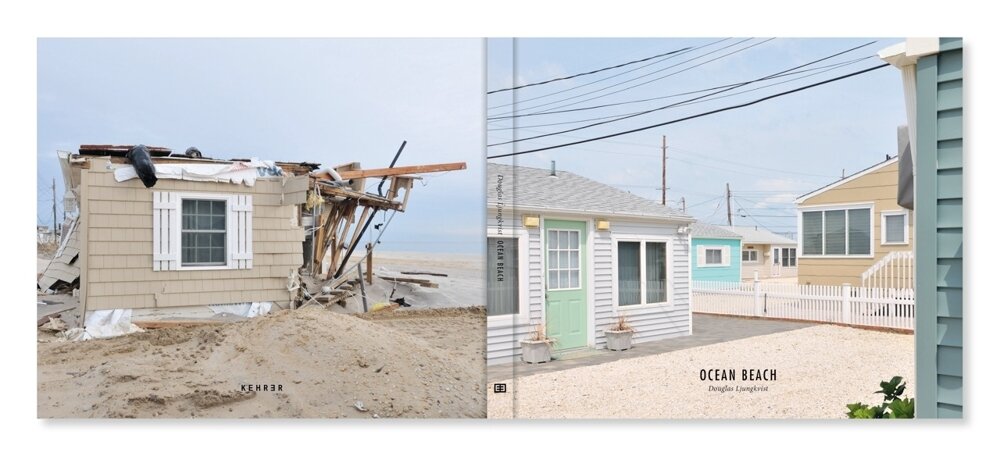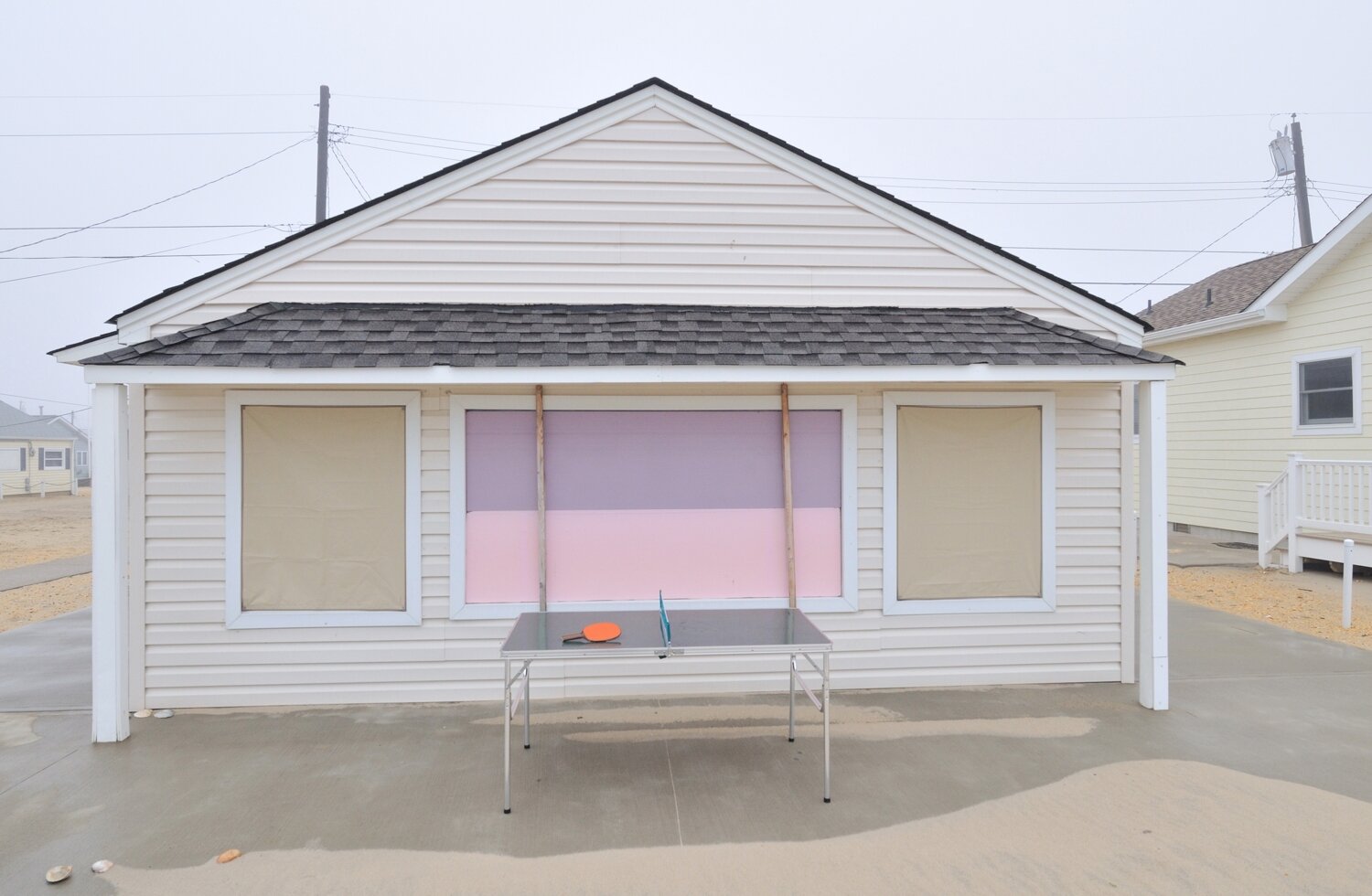

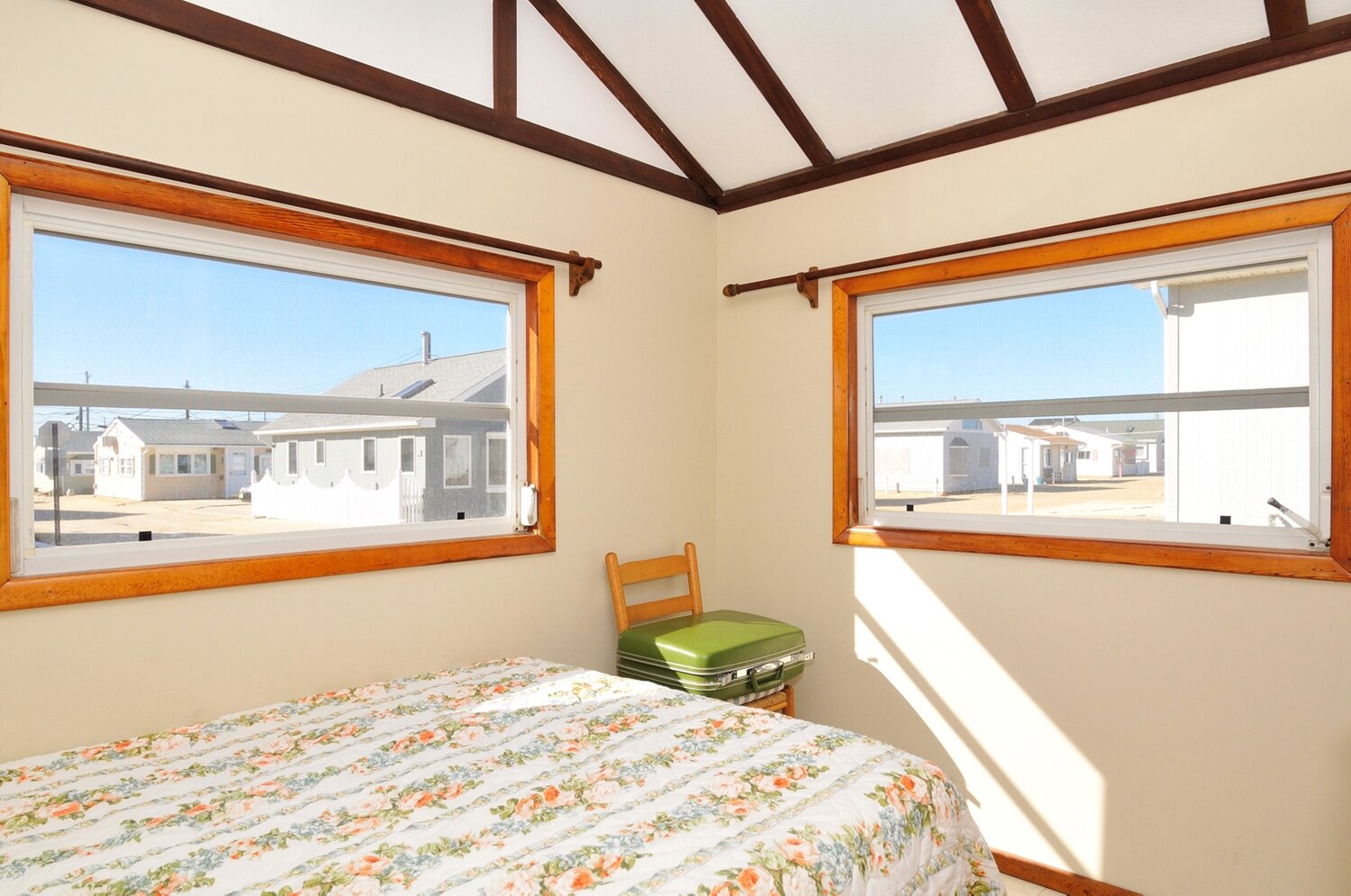
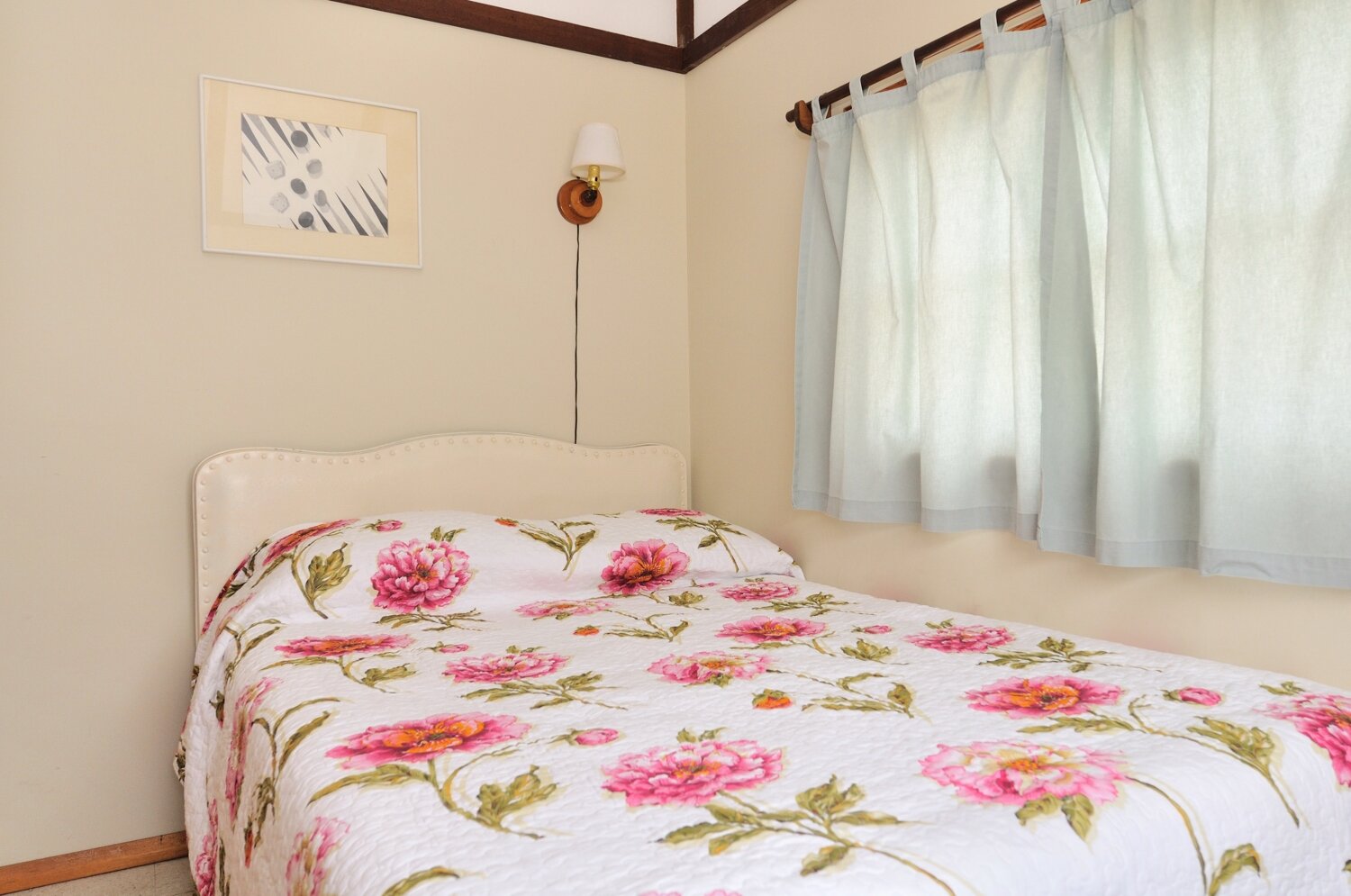

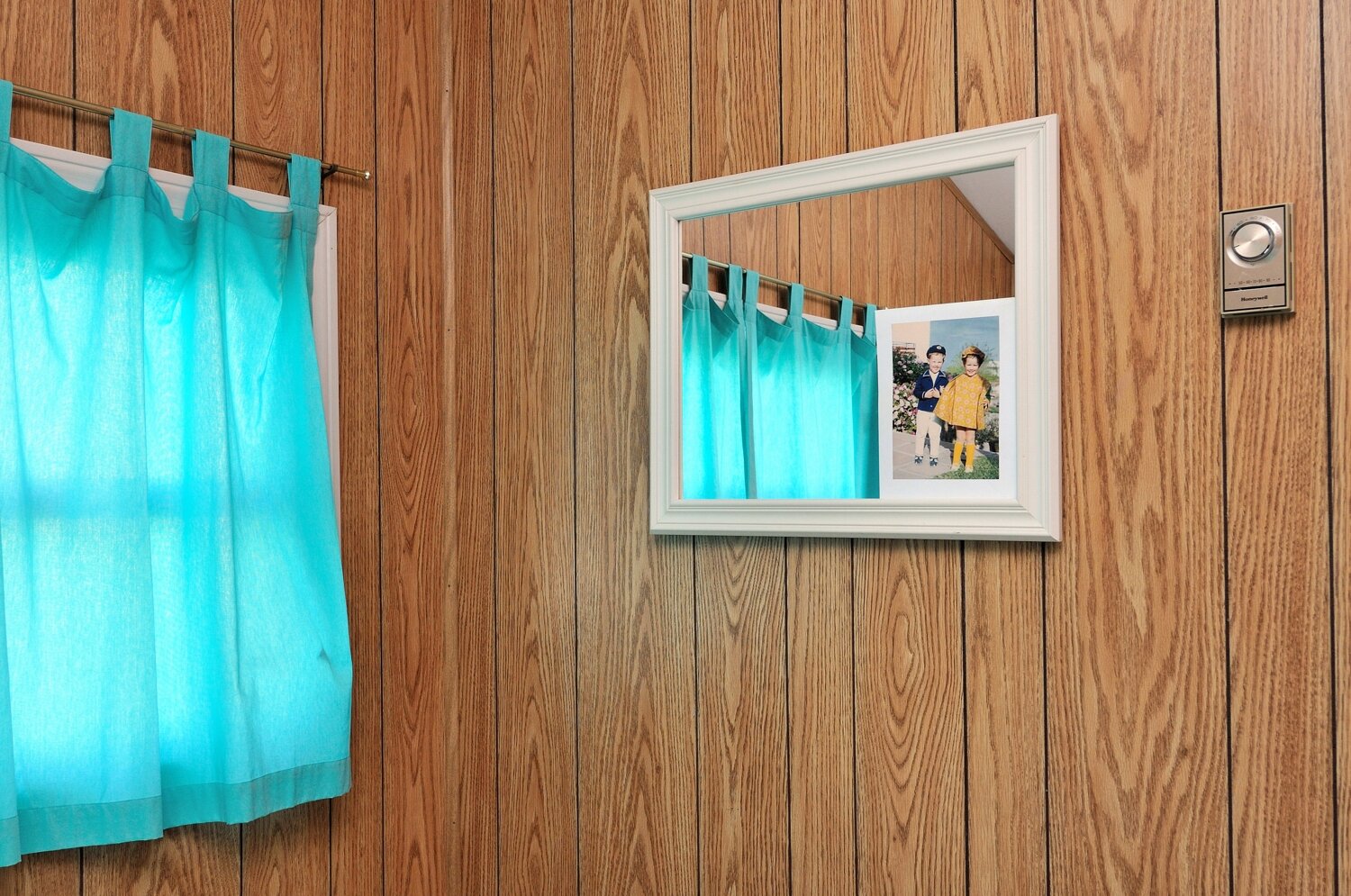
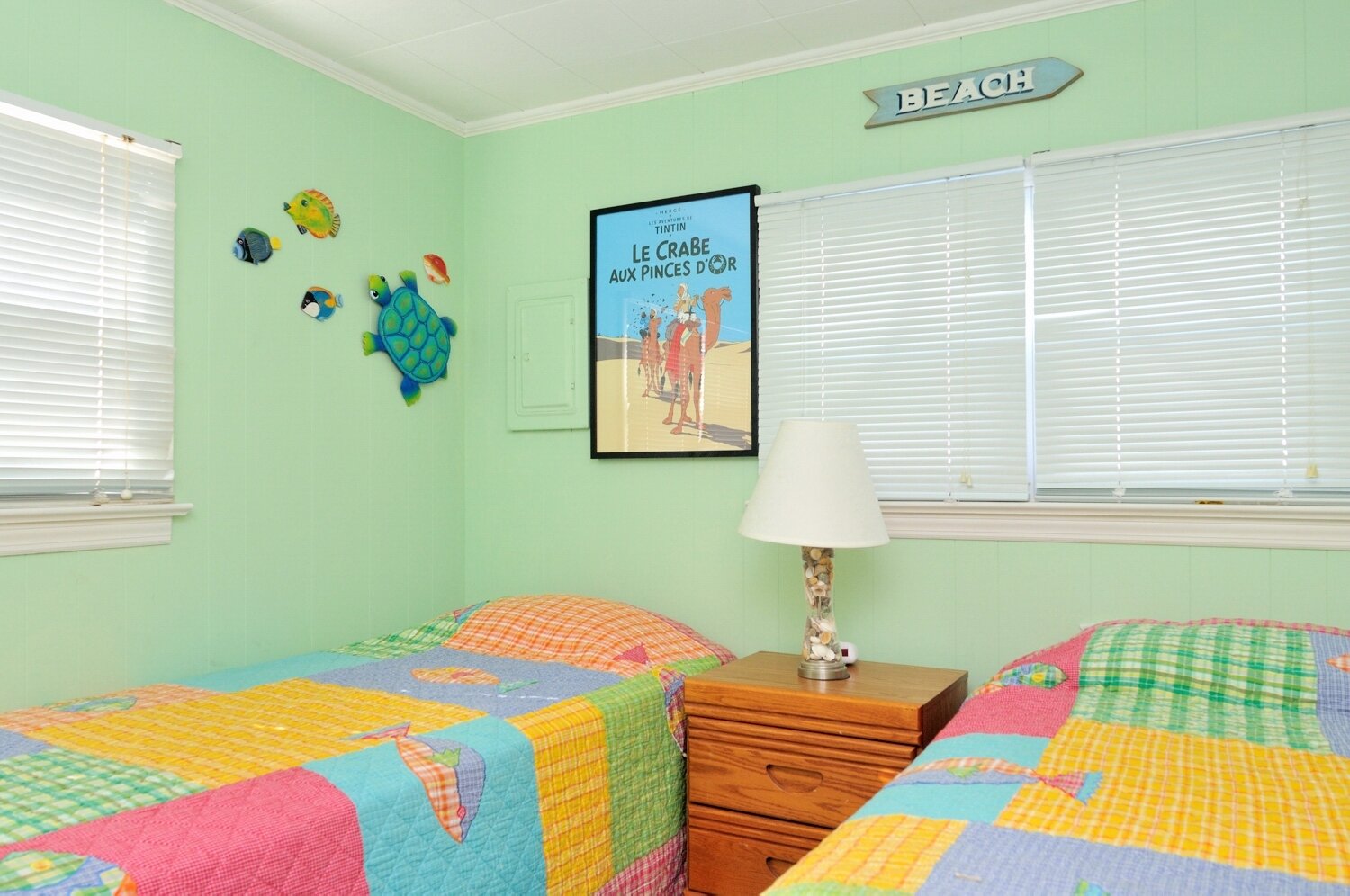
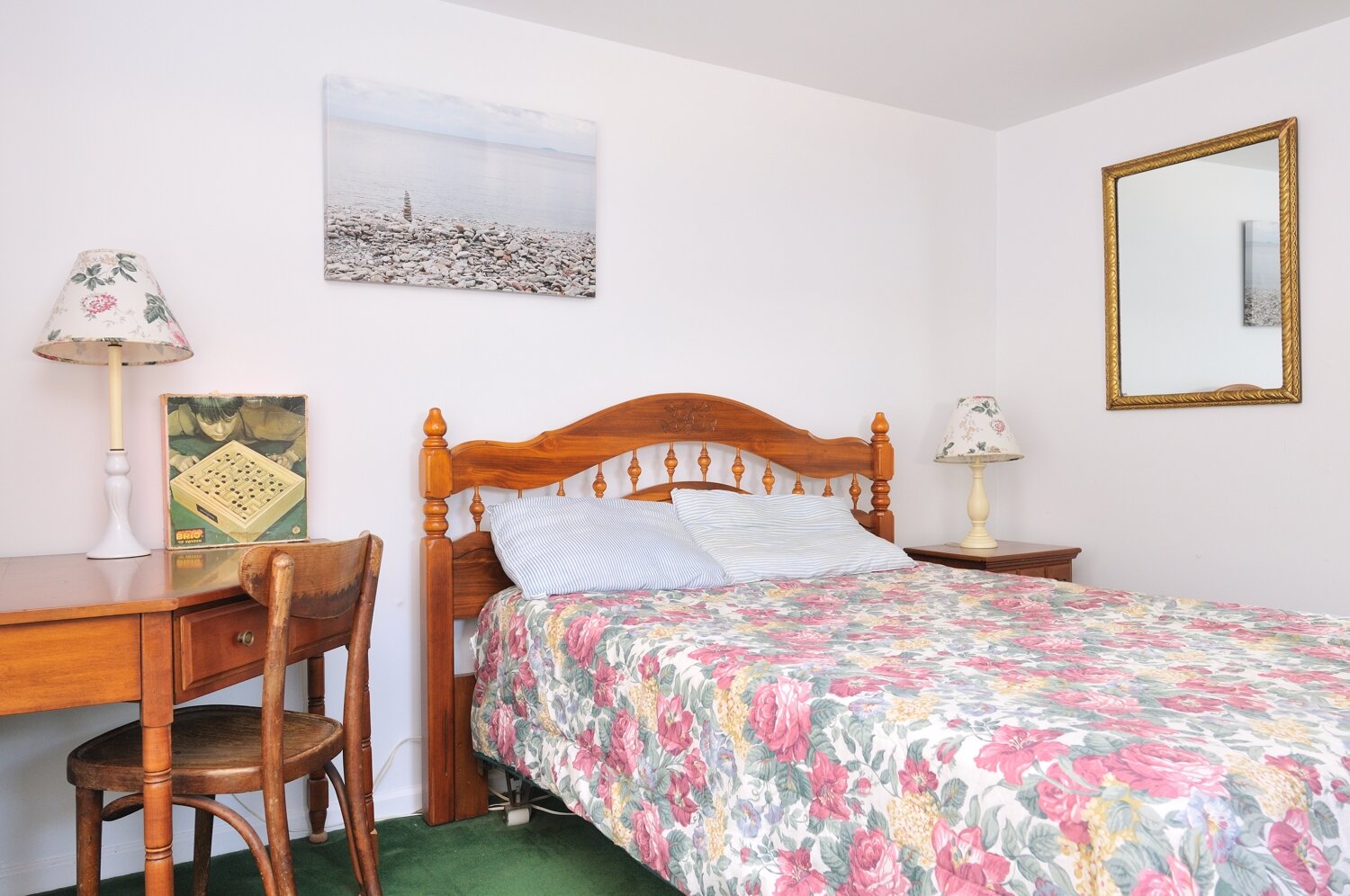
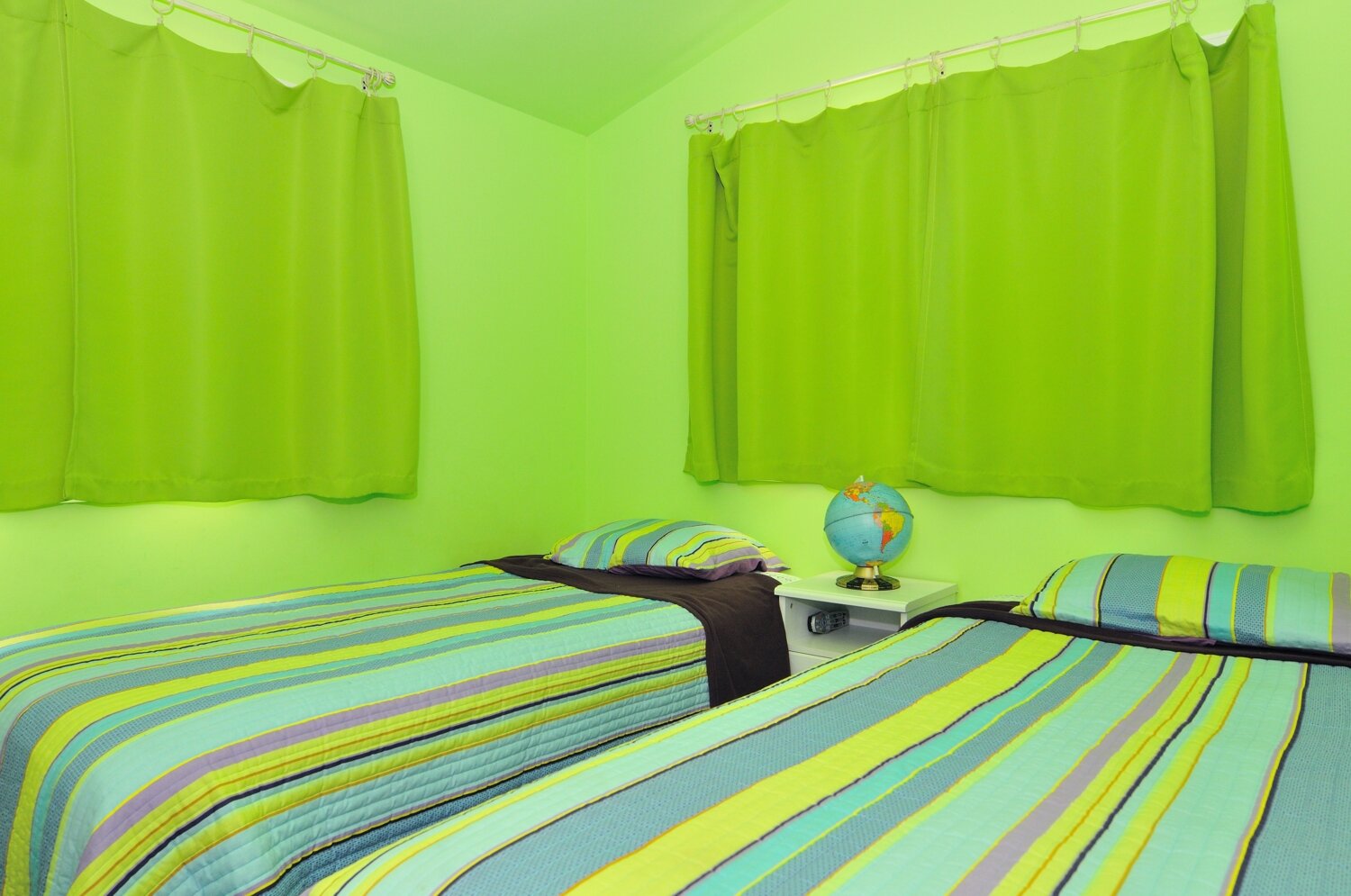
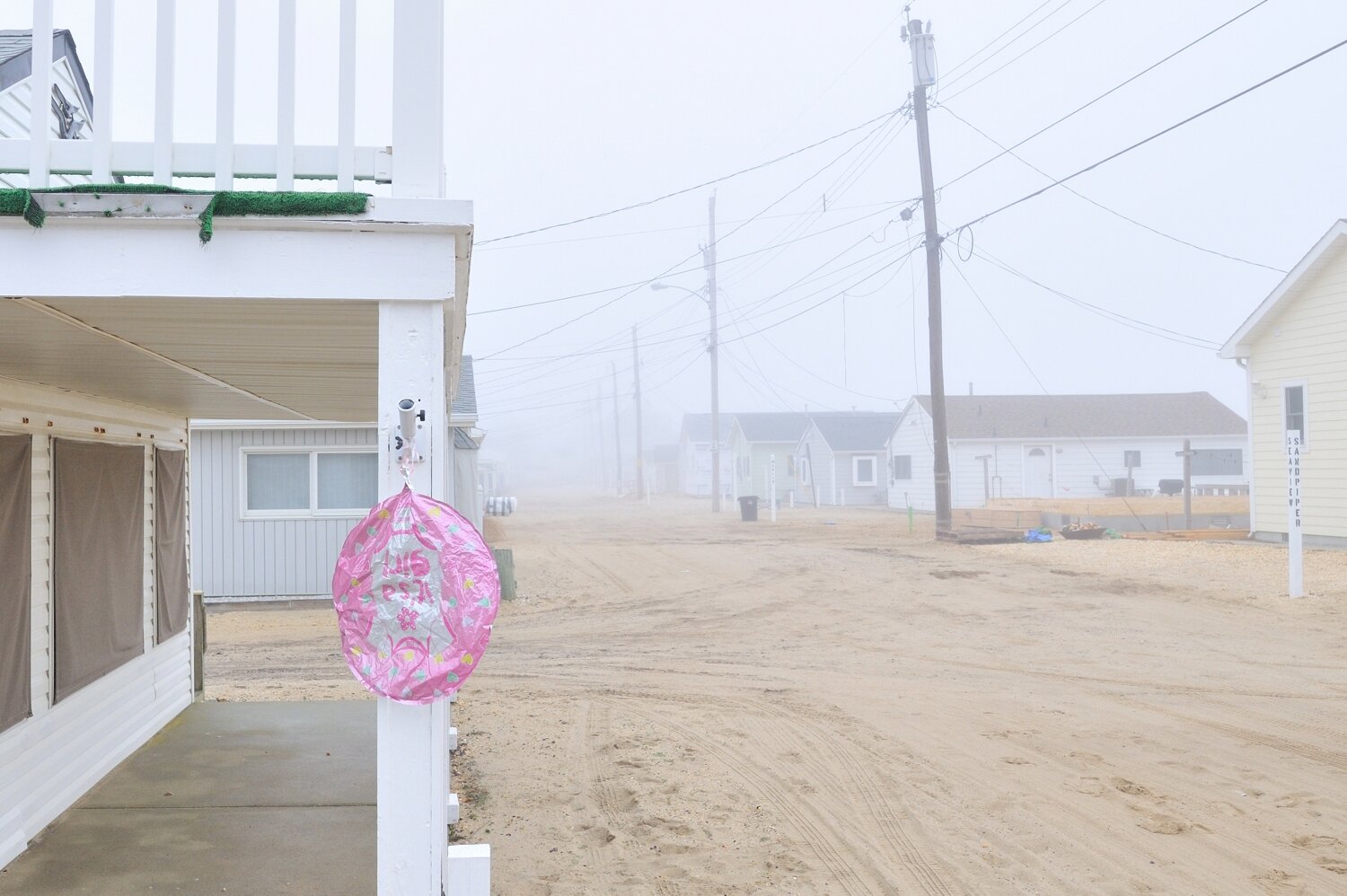
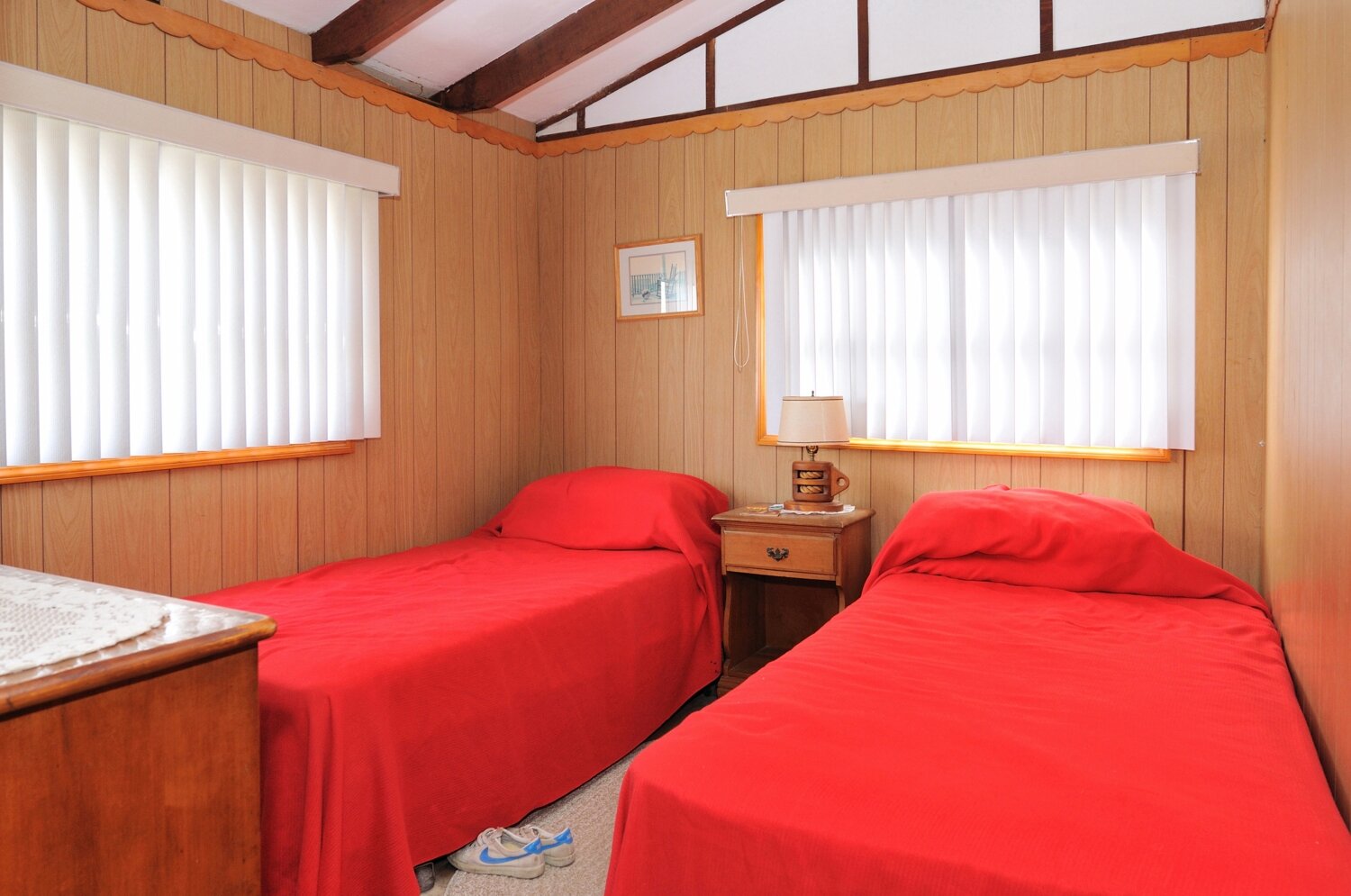
Works from Ocean Beach by Douglas Ljungkvist, size: 20”x30”, technique: digital C-print.
Historical Overview
It was 1946 when Fred Pearl and his partner Edward Patnaude purchased a tract of land, then desolate and brush-filled, just north of Lavallette NJ. Two laundry deliverymen who over the next 20 years turned this tract into a vacation paradise named “Ocean Beach". Their vision was to build affordable beach houses for working-class families. They began by building basic one- and two-bedroom cottages that started at $2,095 and were merely four walls and a roof with no paneling or insulation.
Sales were transacted casually; Pearl worked out of what he called his “mobile” office — which was the trunk of his car. Each business day he set up a wooden sign along the highway that read, “Houses for Sale.” At that time, all that was required to secure your cottage was a $10 deposit and a handshake. The first sale contract was signed on July 20, 1946.
Work Statement
This project is study of a unique place in the American landscape that appeals to my vernacular taste and sense of style and order.
The cottages at Ocean Beach (NJ), some might say, are nothing more than oversized trailers. They are laid out in a symmetrical grid in three units, with the democratic and institutional sounding names Unit I, II, III, that total over 2,000 cottages. The streets, still made up of sand in Unit III, adds to the sparse and strong sense of place.
Photographing there in the off season allows me to de-contextualize the cottages from their vacation purpose. From a formal perspective, color, form and spatial relationships are studied. Here color helps to create individuality among uniformity in the architectural landscape.
The interiors have hardly any decorations creating an abstract time stamp and few clues as to who the owners are. The bedrooms are utilitarian in nature and minimal in size to where they straddle the line between intimate and claustrophobic.
As a photographer I am interested in the cottages still showing signs of a bygone era when wood paneling, vibrant colors, and kitsch decorations were the order of the day. I always felt it was a race against time to visually preserve the cottages. That was based on the rapid pace of cottages being renovated and modernized to attract more potential vacationers on the competitive rental market.
The book Ocean Beach by Douglas Ljungkvist.
Ocean Beach was published by Kehrer Verlag in the spring of 2014. The book includes 92 color photographs and introductions by Harvey Benge and Steve Bisson.
Unfortunately, Ocean Beach was one of the hardest hit when Superstorm Sandy made landfall in late October, 2012. 90% of the ocean facing cottages at were destroyed and have since been demolished. Many more were destroyed from the inside by standing water when the ocean and bay waters met on the thin barrier island. As the project was completed before the storm my initial instinct was that I didn’t want to document the post-storm landscape. Not having access for two months helped change my mind and better understanding the historical importance, too.
Gone though was the quiet and solitary work process I had come to love. Now the place was bustling with homeowners, police patrols, curious day-trippers, demolition, construction, and utility companies. And gone was the feeling of time standing still at Ocean Beach.
I have since returned numerous times working on Ocean Beach: The Rising about the rebuilding process and return of the summer vacationers. It felt too important an event not to, despite me not being a documentary photographer. So I kept going back, almost a dozen times, in the next couple of years, documenting the various stages of reconstruction. All the ocean front cottages were now raised on pylons. The color scheme was a more subdued blues and greys.
The new cottage interiors no longer inspired me to photograph them. Instead I intend to replace them with photographs of people vacationing there in the summer. Starting with the Covid pandemic year of 2020 it was first thought Ocean Beach would be closed for the entire summer but after beaches were opened, and with travel restrictions, it turned out to be sold out every week. I managed to secure a week of family vacation there in late August when I continued photographing there, focusing on the people, activities, and finished new landscape, of something that goes back to 1946.
Last time we vacationed there my wife was pregnant. Now it was my 8-year old daughters’ first vacation there. Most people that come to Ocean Beach have done it for decade after decade, from childhood, to adult, and introducing it their children, too. On Black Friday, when they open for rentals for the next summer season, there’s usually a long line outside the office, with renters who want to make sure to get the same cottage they also rent.
